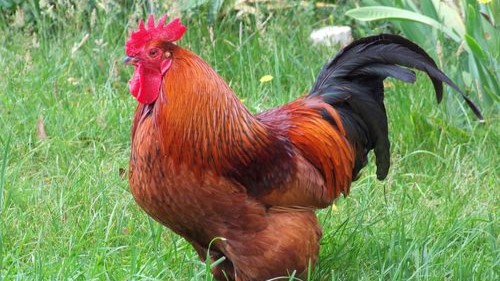Have you ever helped to plant a garden? Students at elementary schools near the Anacostia River are learning to plant a special garden of native grasses that will help clean the river!
The Anacostia River flows through the middle of Washington, D.C., and into the Potomac River, which goes to the Chesapeake Bay. The Anacostia River used to be the most polluted river in the United States. Pollution came from area industries, homes, and litter, which washed into the river during heavy rains.
People who lived in the Anacostia Watershed realized they needed to do something to clean up the river and the riverbanks. (A watershed includes all of the smaller creeks, streams, and rivers that flow into a larger body of water.) They believed a clean river would encourage wildlife to thrive again, and people could enjoy nature in the city. A group got together and formed the Anacostia Watershed Society, dedicated to “protecting and restoring a clean and safe river to benefit all who live in the watershed as well as future generations.”
The Anacostia Watershed Society created a special program called Saving Our Native Grasslands (SONG). They also hired experts to work with students and other volunteers. Madeline Koenig is an environmental educator who works with the SONG program. “The SONG program helps to restore meadows,” Koenig said. “Meadow plants filter water better than regular turf grass.”
Students who participate in SONG meet an environmental specialist such as Koenig. She helps them learn about the importance of meadow habitats and prepares them for two exciting field trips. First, the students take a boat tour of the Anacostia River. After learning more about the river and the wildlife in the area, they have the chance to work in the meadows. They might get to plant wildflower seeds, collect seeds, or construct houses for birds and bees.
Students who work with Koenig in the autumn have many different jobs. Some students use rakes and shovels to help prepare the soil for planting. Some help remove invasive plants.
“Invasive plants are not originally from this area, and they can harm native plants,” Koenig said. “Replacing invasive plants with native meadow plants helps wildlife by providing food. The plants filter water on the way to the river, and their roots penetrate the soil, protecting soil from erosion. This makes the river cleaner and healthier for wildlife, fish, and people, too.
“I love seeing the students out in the meadows. Some kids don’t get to spend much time outdoors in spaces where the grass is taller than they are. They love the experience, and it’s great to see them enjoy it.”









